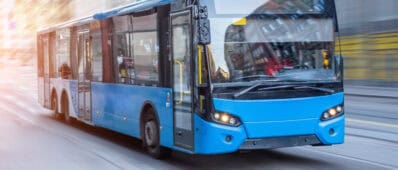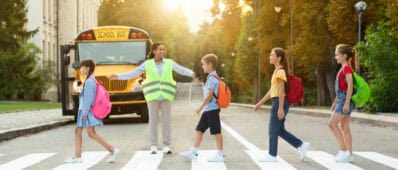Abstract
The growing affordable housing crisis in high-cost metropolitan areas may force households to seek lower-cost housing in the outer reaches of metropolitan areas contributing to the recent increase in commute distance. To explore this assertion, we test the relationship between the availability of affordable housing relative to jobs and commute distance in two diverse metropolitan statistical areas in Southern California: Los Angeles-Orange (higher cost, coastal, older, more urban) and Riverside-San Bernardino (lower cost, inland, newer, more suburban). A worse “fit” between the number of low-wage jobs and affordable housing rentals is associated with longer commute distances in LA-Orange but is not statistically significant in Riverside-San Bernardino. This study’s findings highlight the differences in housing dynamics and commute distances between higher-cost coastal regions and lower-cost inland regions—and underscore the importance of protecting and expanding the supply of affordable housing in job-rich neighborhoods located in more expensive, coastal cities.


